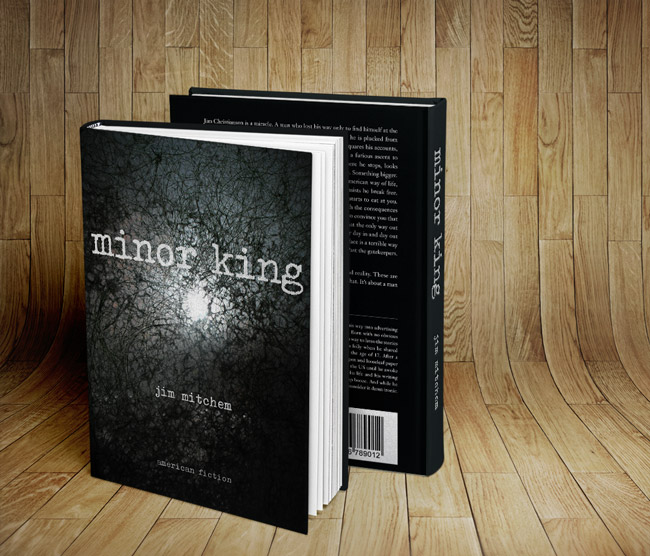
I’m a writer who makes his living in marketing. I’d rather save whales and write adventures about it, but I get paid to position brands so that they grow. Marketing pays the bills, even though it means competing in an oversaturated field chock full of conmen with blue checkmarks on Twitter.
And I’m pretty good at what I do. There’s a big difference between knowing how to run a Twitter campaign and understanding the idiosyncrasies of a brand to make a compelling case for favorable action. This skill may be the greatest benefit of having one foot in the traditional world (the past) and one in the digital world.
Over the years my function in marketing has shifted from advertising copywriter, to creative director, to agency owner, to CMO, to now consulting. I’ve created every type of branded communication you can think of. But the thing I do best is ask questions and listen. You see, by asking questions and listening I’m able to dive deep into a brand’s core to discover what’s most important to an audience.
And that’s where brand building starts–at the core.
I didn’t set out to be in marketing. I was a literature major in college. The idea was that I would teach high school English. The thought of teaching teenagers the relevance of a poem by Emily Dickinson where a bird eats an angle worm excited me. Because once I learned the art of deconstruction, I saw things that weren’t there before.
In case you’re not aware, deconstructionism is the act of considering symbolism in art (literature, film, architecture, etc.) and understanding how these symbols reinforce (or intentionally contradict) the story of the art. When I was in college, I threw myself into this concept and became adept at ripping things apart to see them for what they really were.
And this understanding of deconstructionism carried over into my career.
Sometime during my senior year I took a copywriting course just to practice writing. I knew in that first class that I was born to be in advertising. So at the urging of my professor, and the blessing of my wife, I put together a spec book and shopped it around—landing as a copywriter at an ad agency in Charlotte a year later. Over the years the things I learned about deconstructionism in college have helped me earn the respect of clients, move product, and win awards.
It was like one day I was deconstructing Dickinson, and the next, Lexus.
And now that I work exclusively at the branding level, I’m able to help companies tighten their value propositions so that it makes the most sense to their prospects. And the search bots.
You see, modern advertising isn’t about writing a clever billboard or newspaper ad. It’s about creating and distributing relevant content that engages the audience in digital spaces—especially on a website. Next to the brand itself, the brand’s website is the most important thing. It’s the hub of all communications. And every website has two primary audiences—human, and search robots (Google). It’s one thing to appeal to one, but entirely different the other. The trick is to appeal to both concurrently.
And to do that means ripping things down to their core essence to see what’s important, and what isn’t. To discover the truth of a brand and refresh this idea so that it fits well in the digital spaces (and if it works on digital, it’s backward compatible to traditional comms.) To do communications more humanly. More sincerely. More truthful.
I joke that I’m like a mad scientist who lays all the parts out on a table, and then puts them back together so that the brand works more efficiently. I get my hands bloody wearing a dress shirt.
And I owe it all to Emily Dickinson. Maybe one day, I’ll pass what I know on to pimply-faced teenagers.
***
